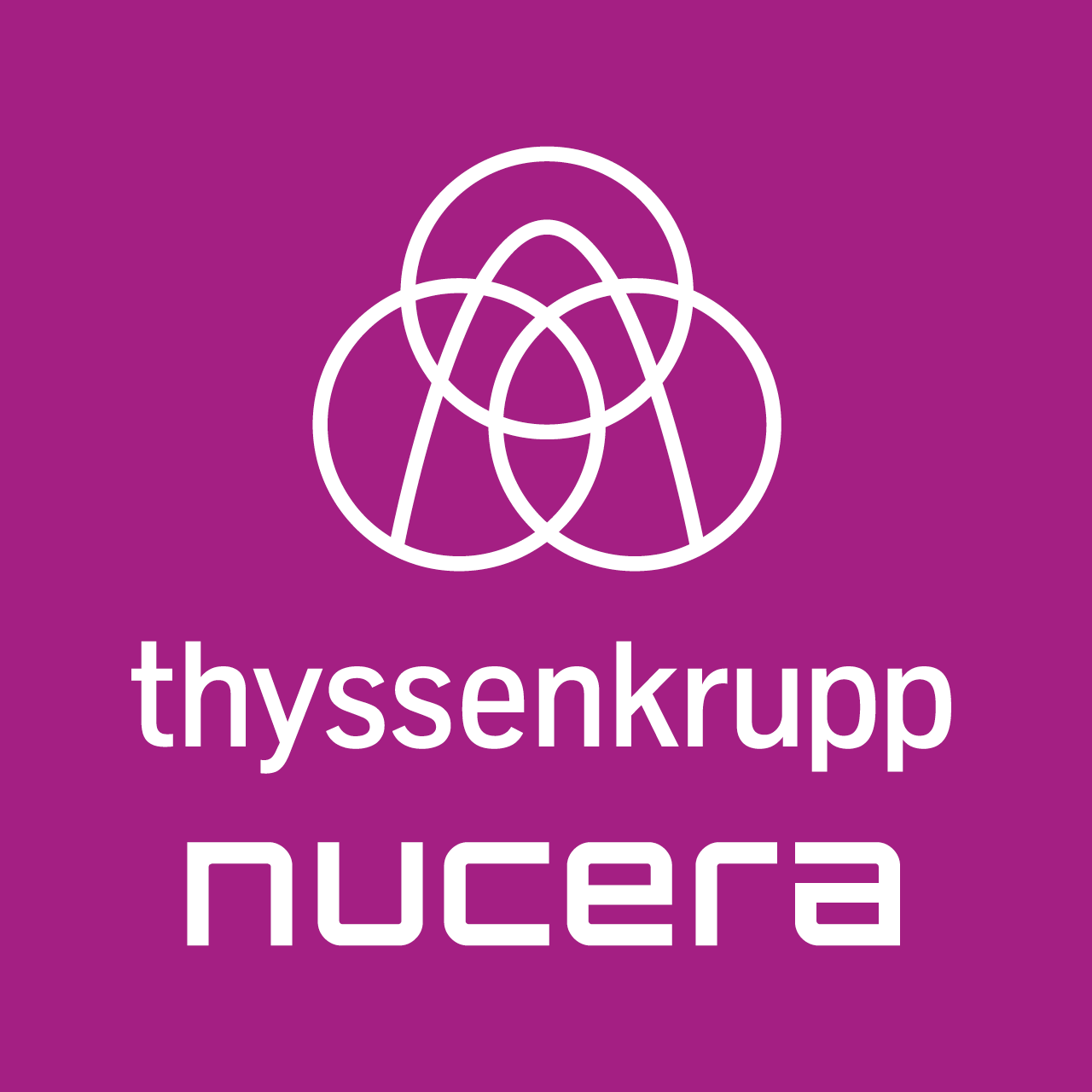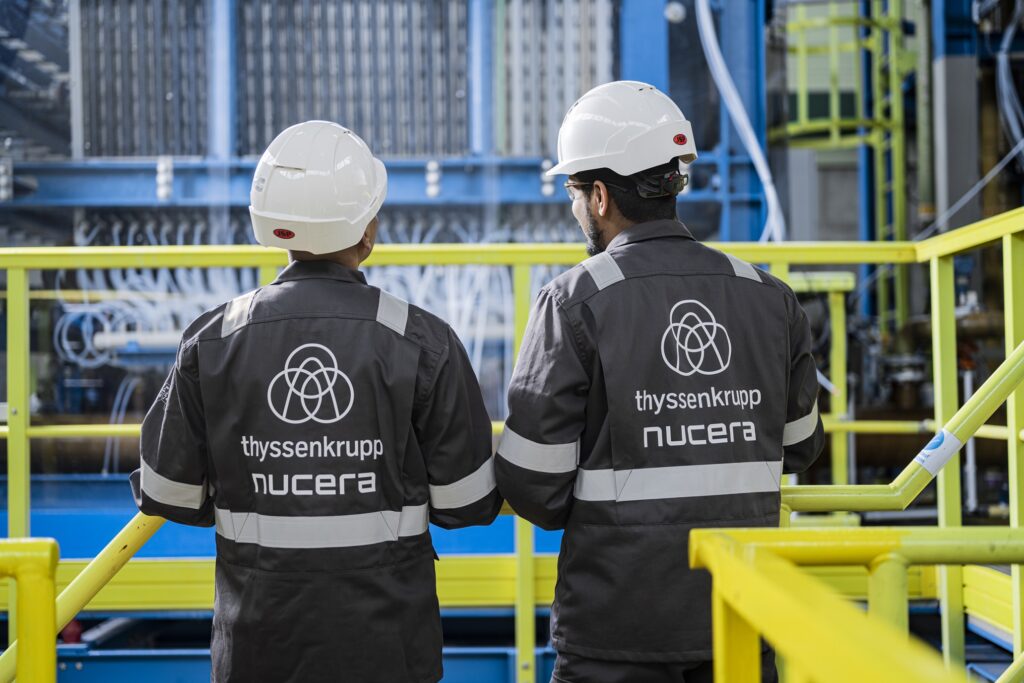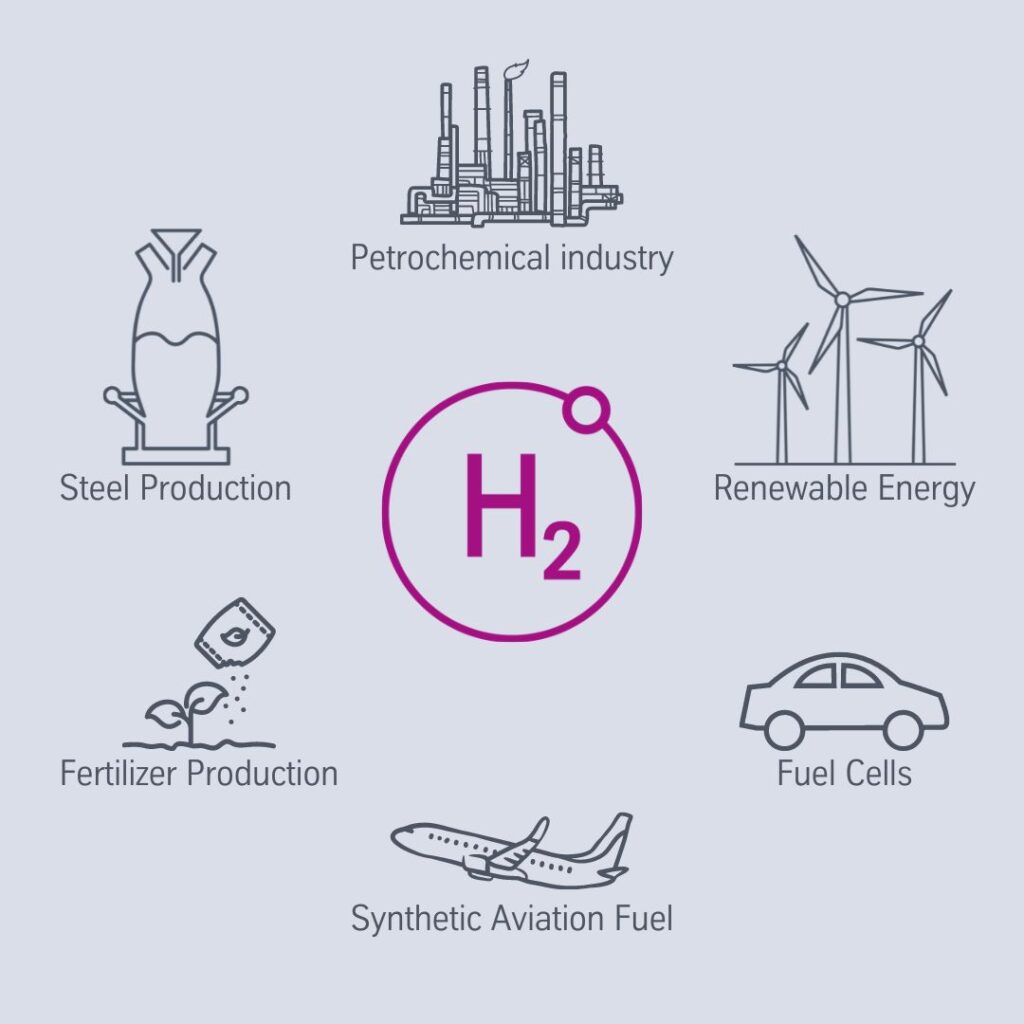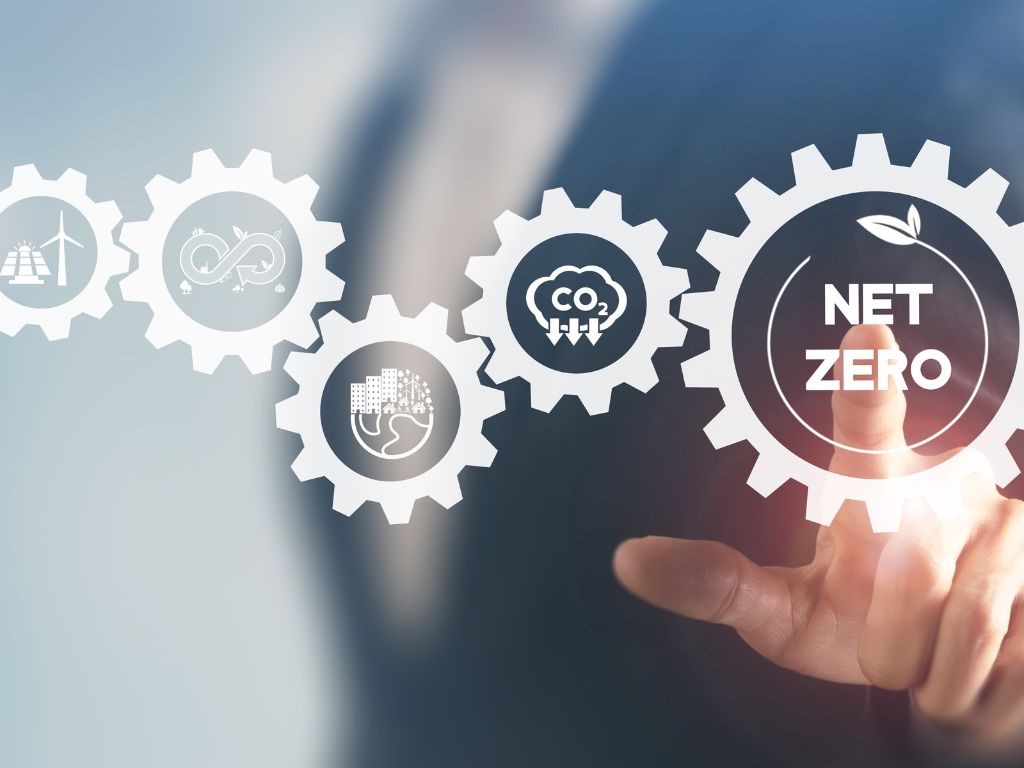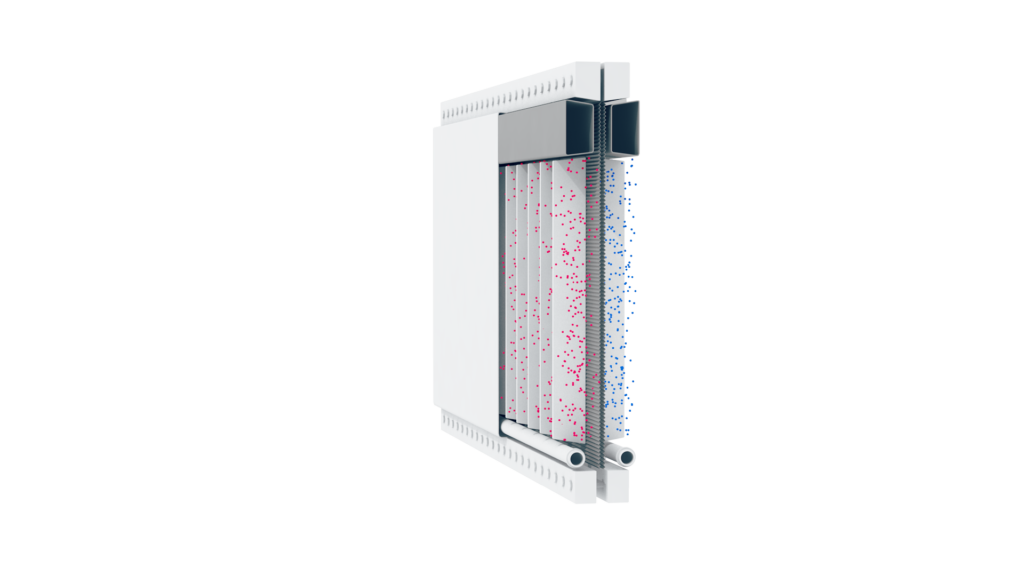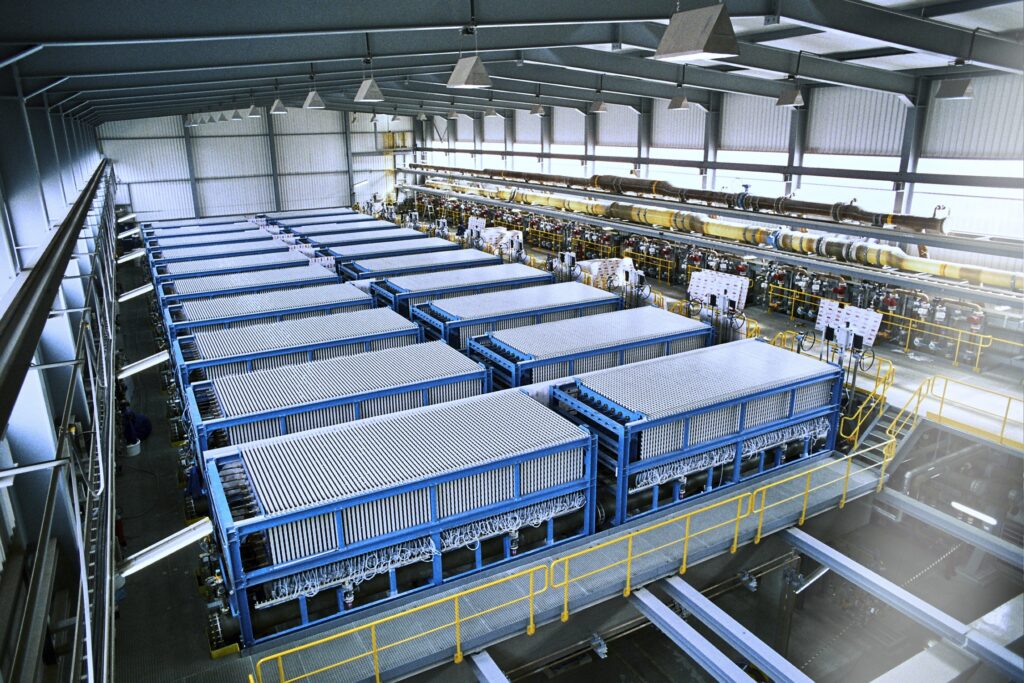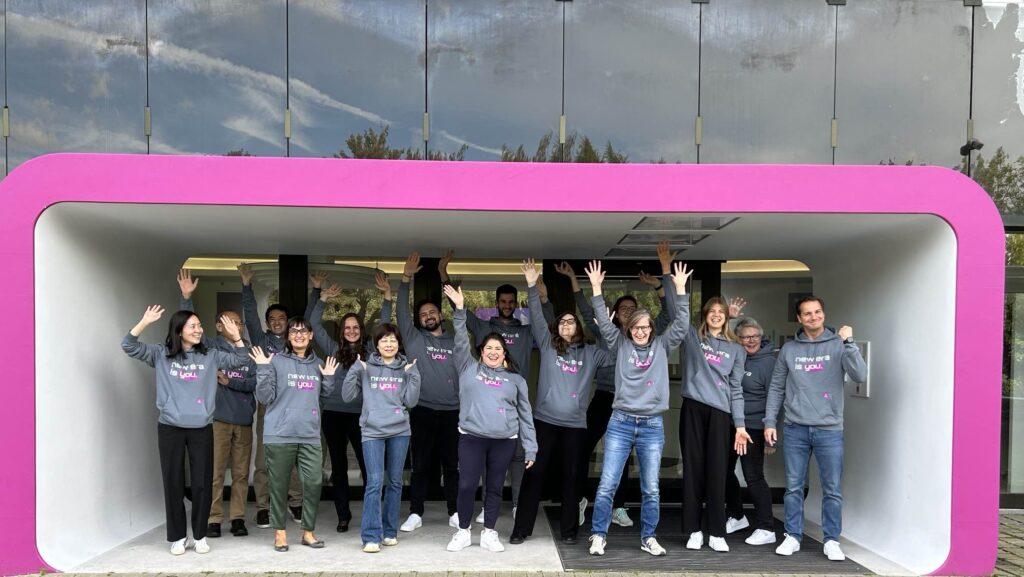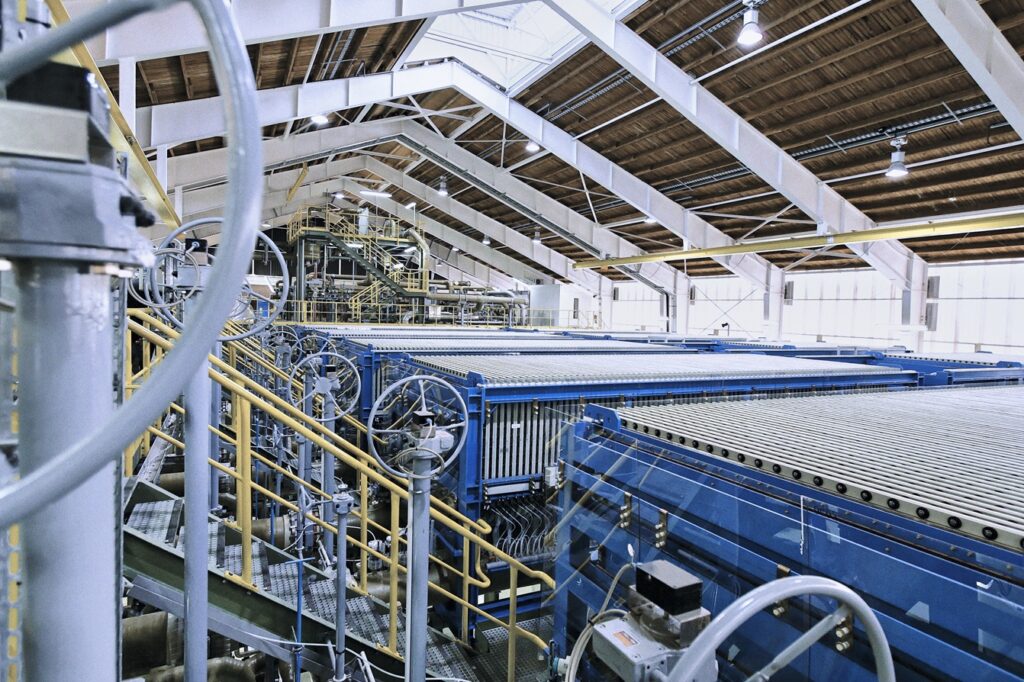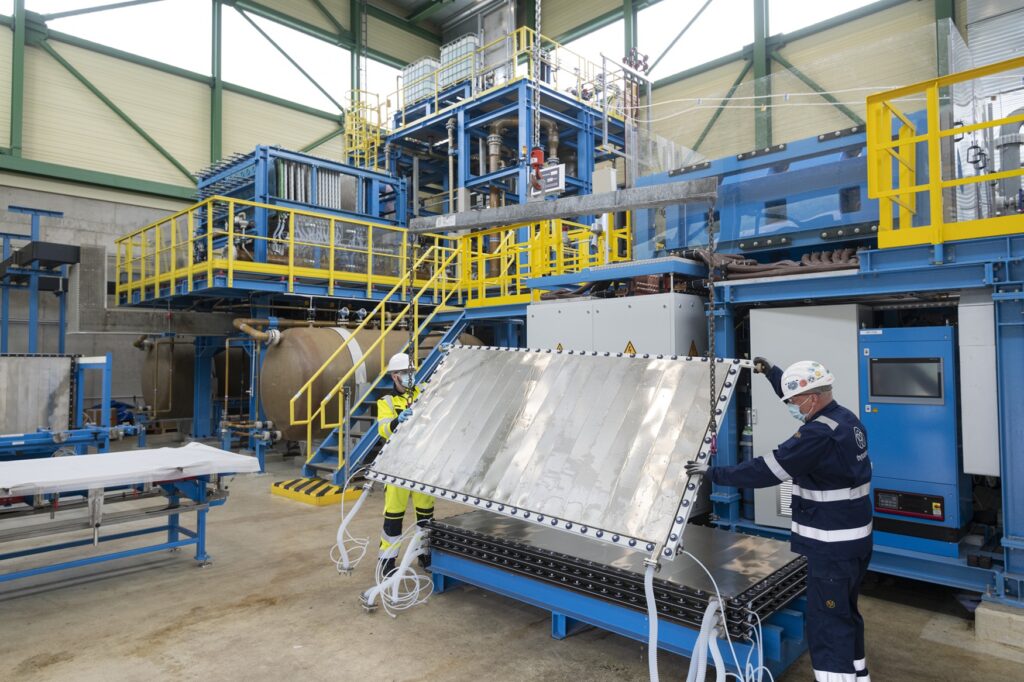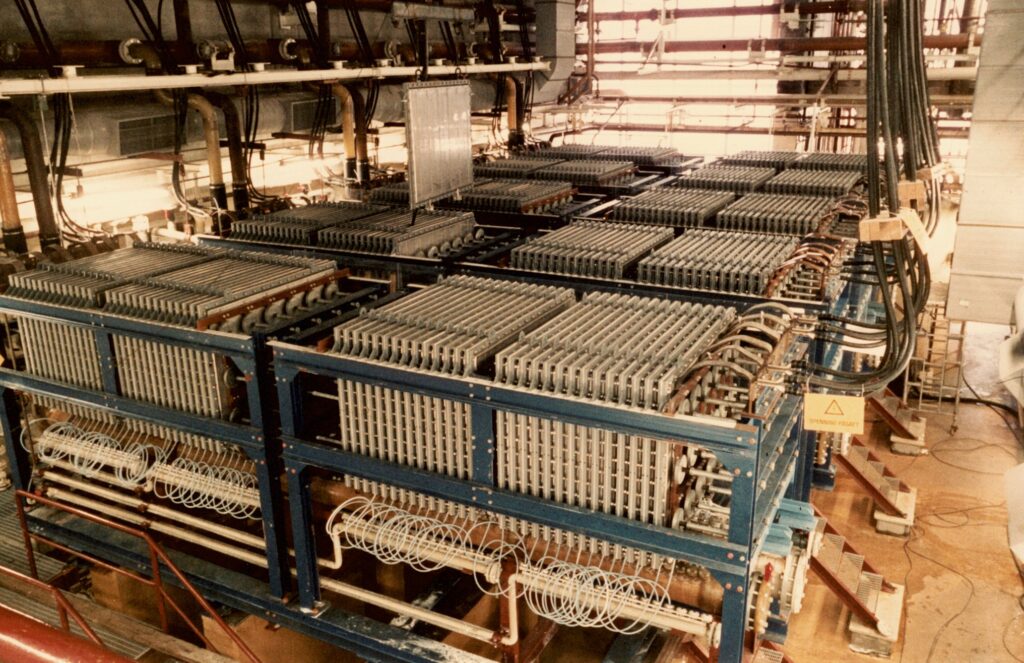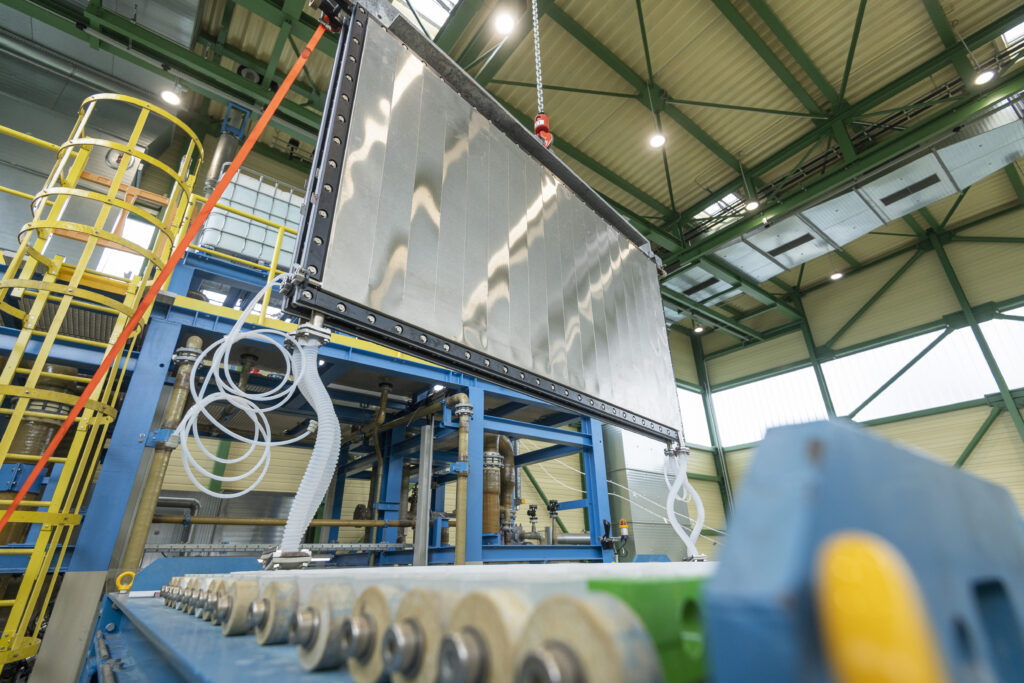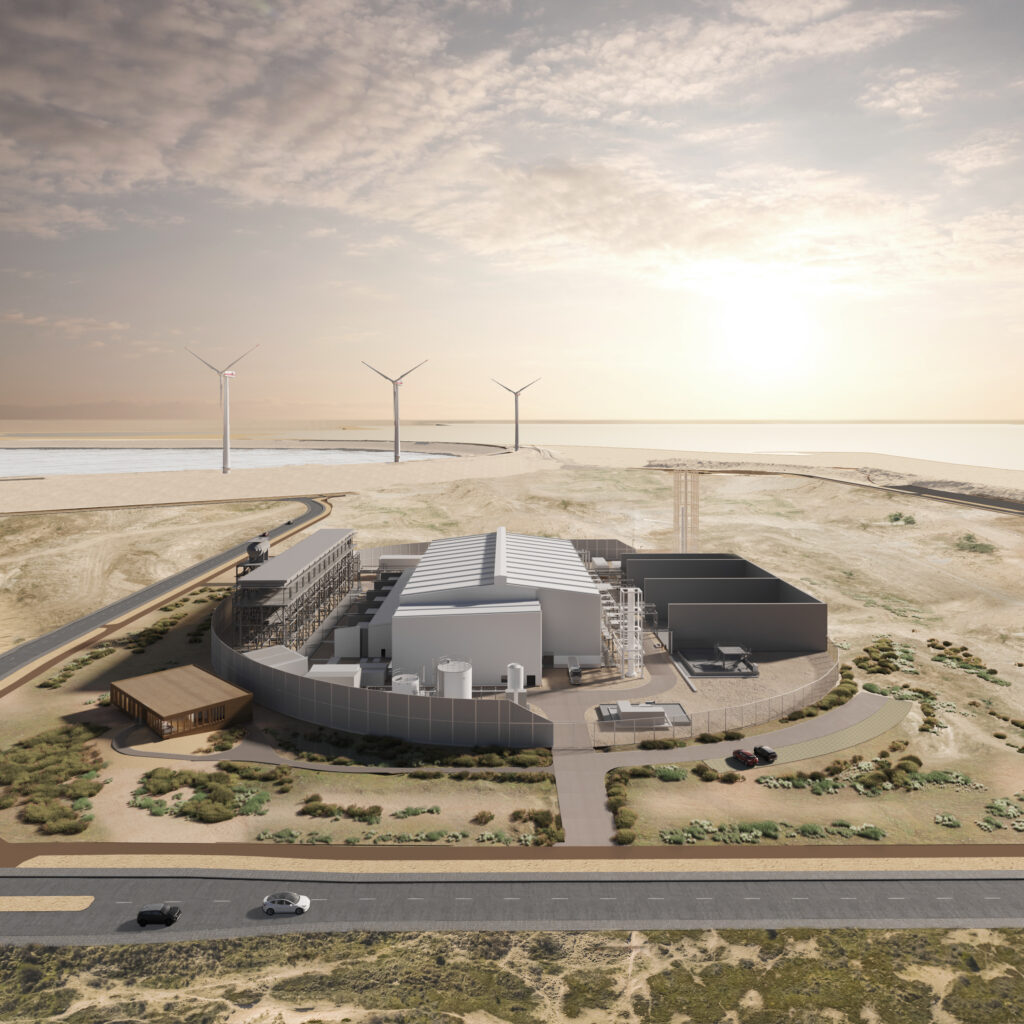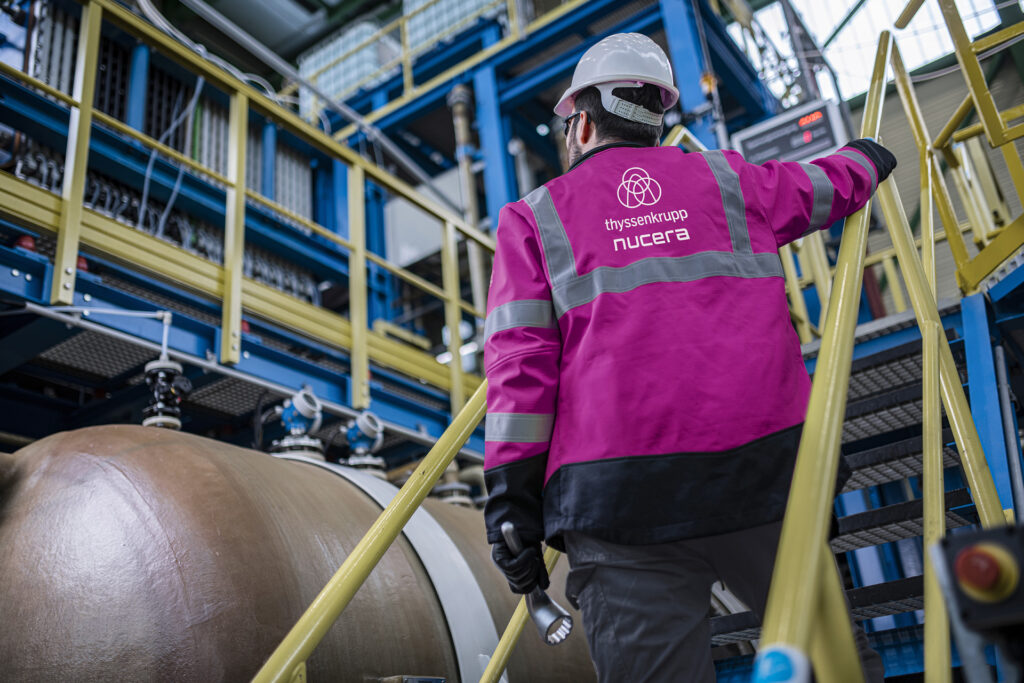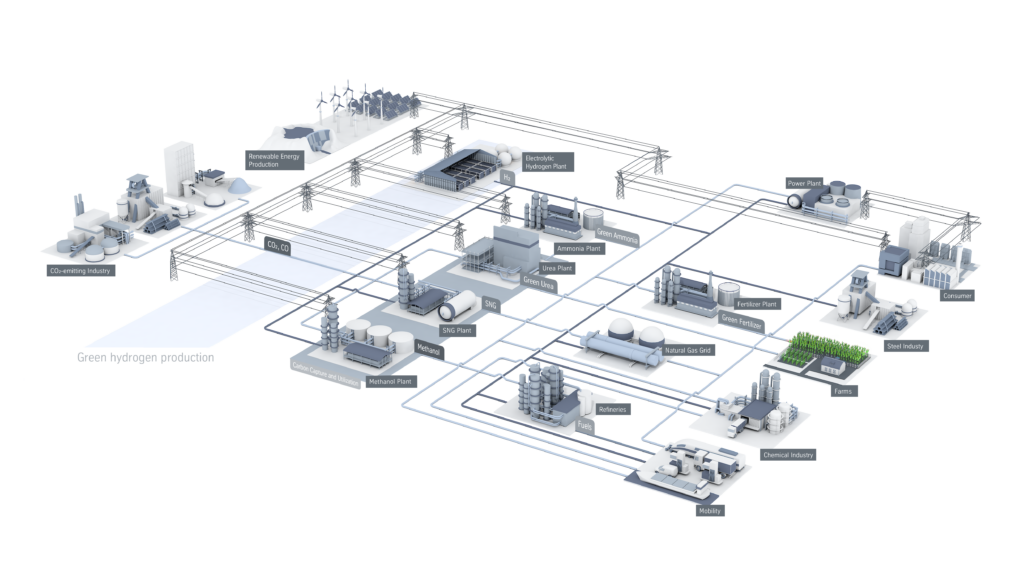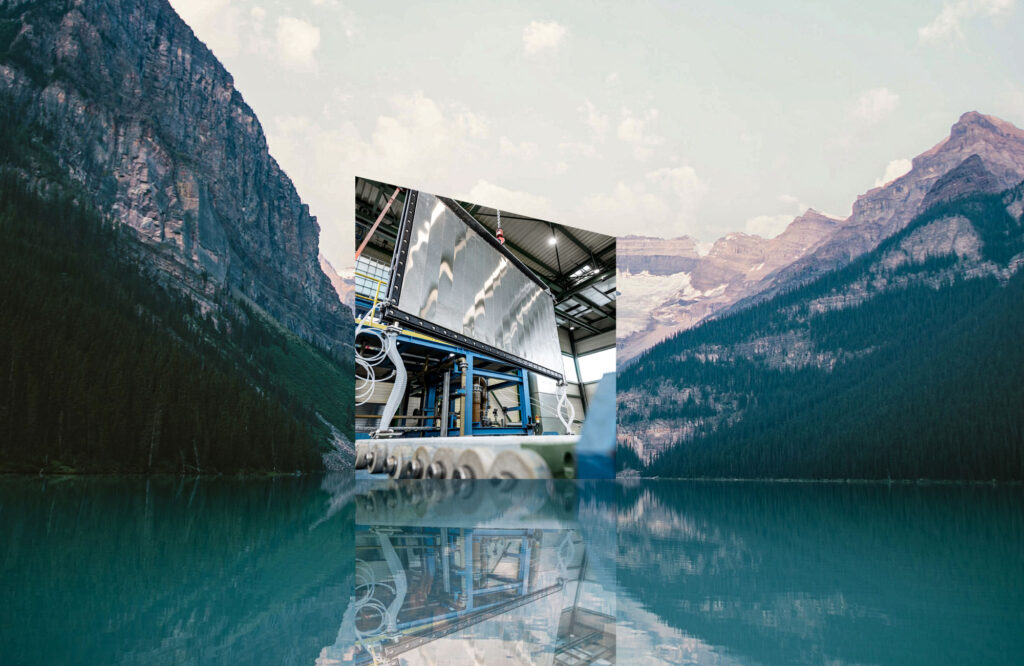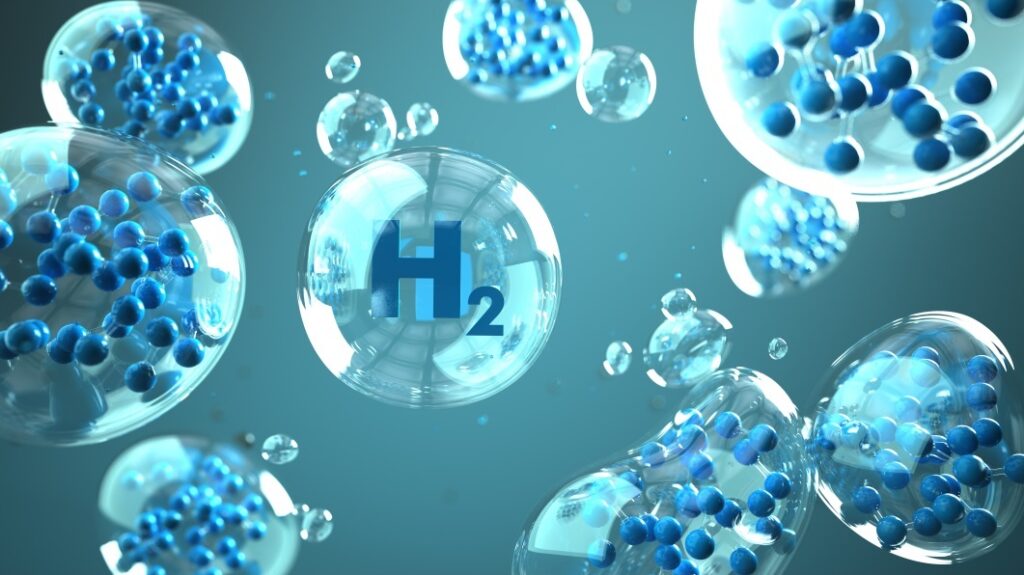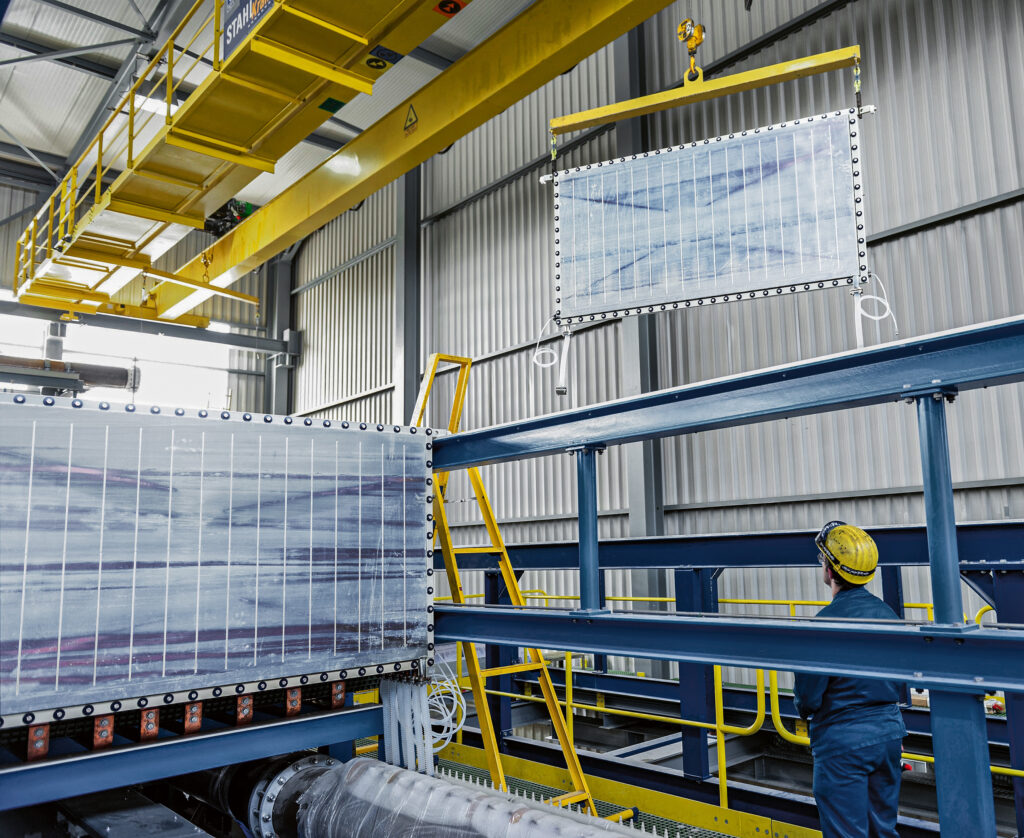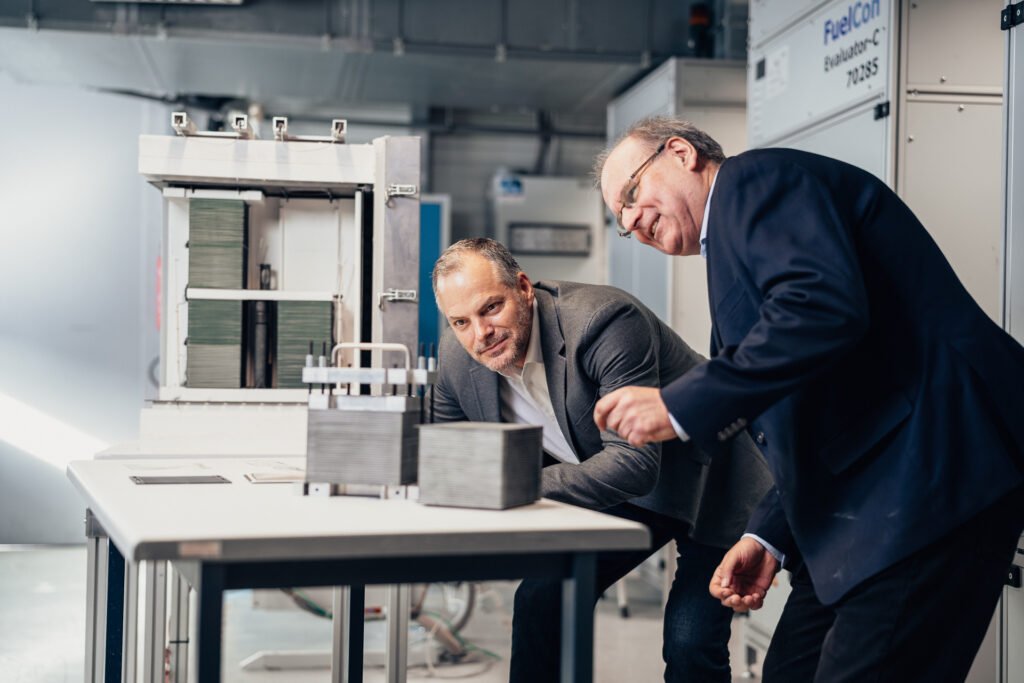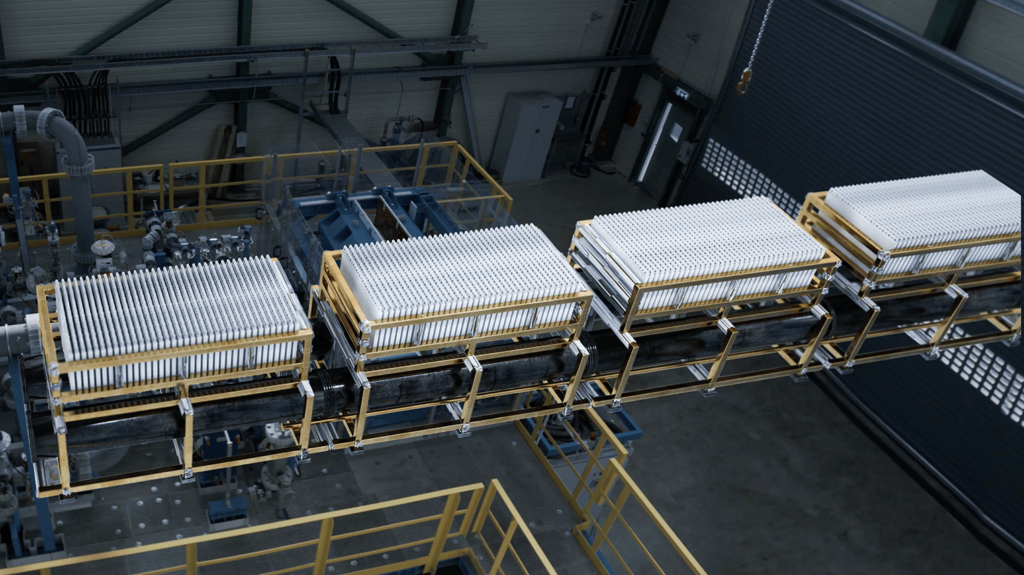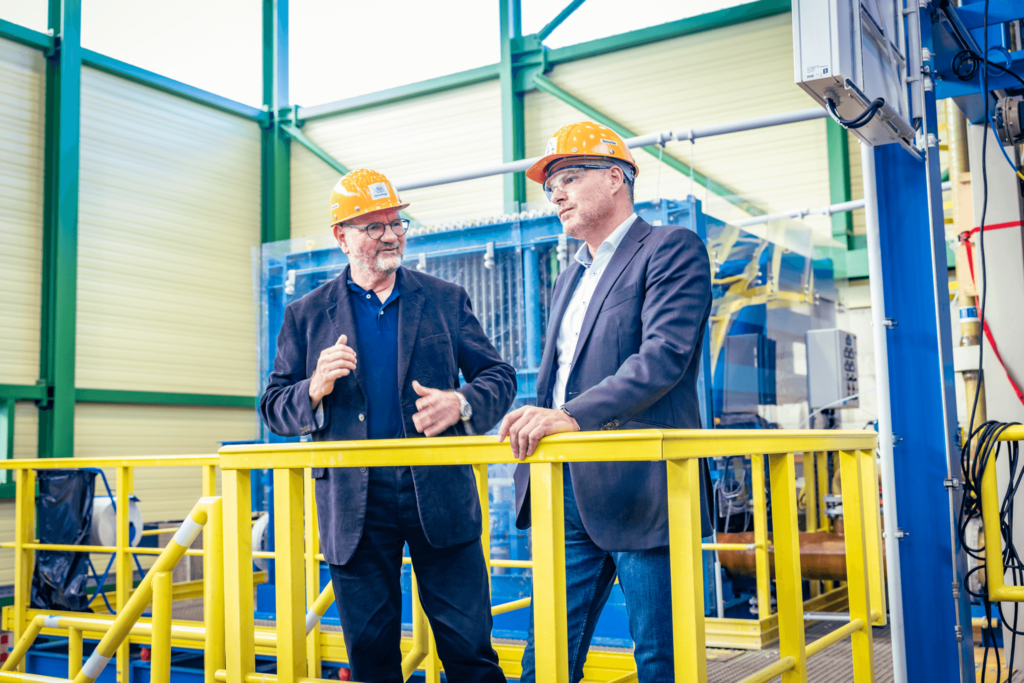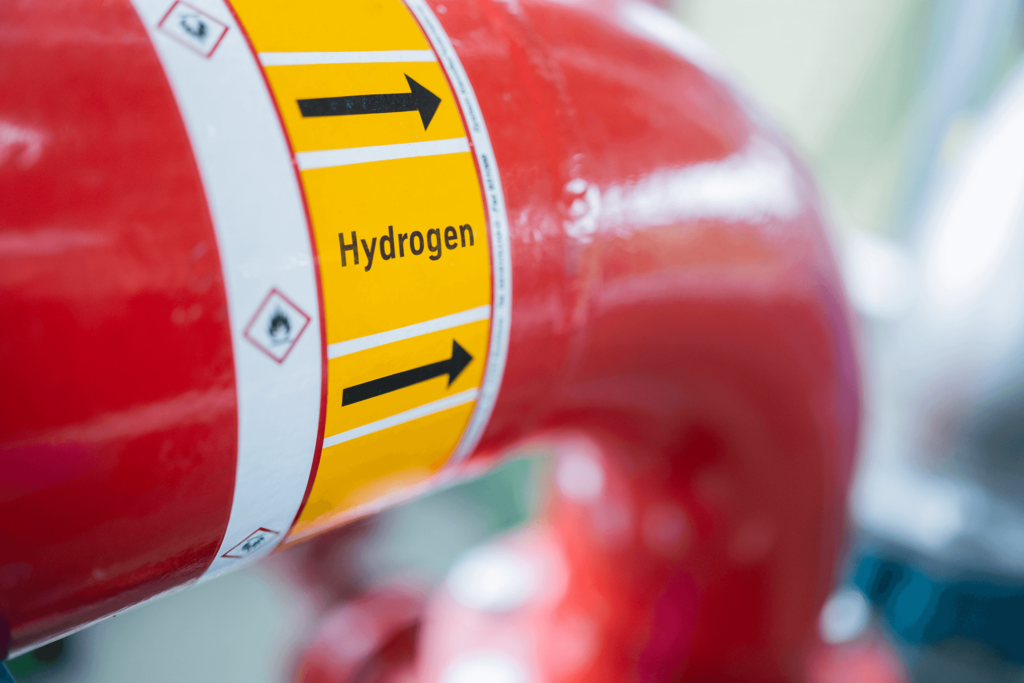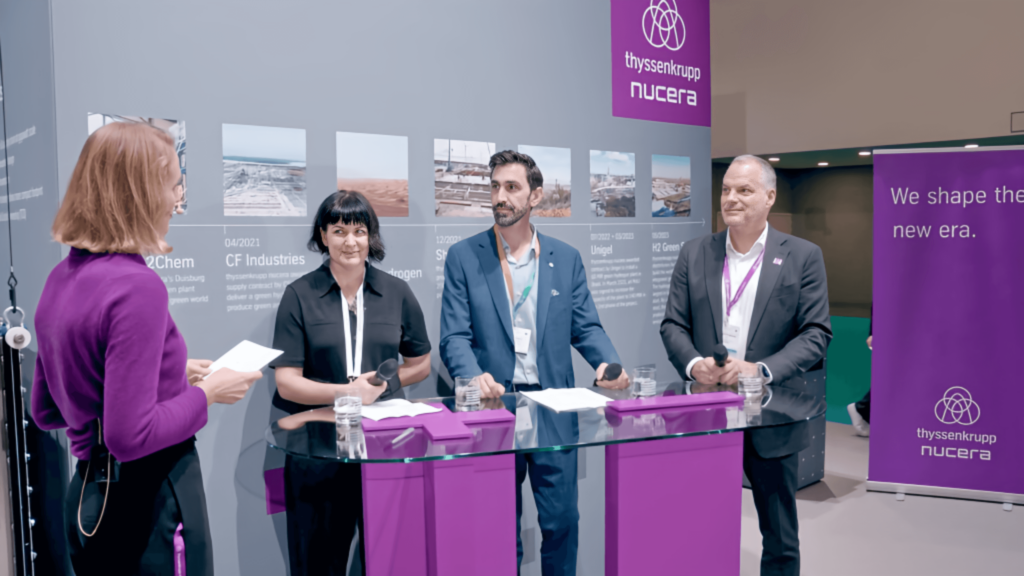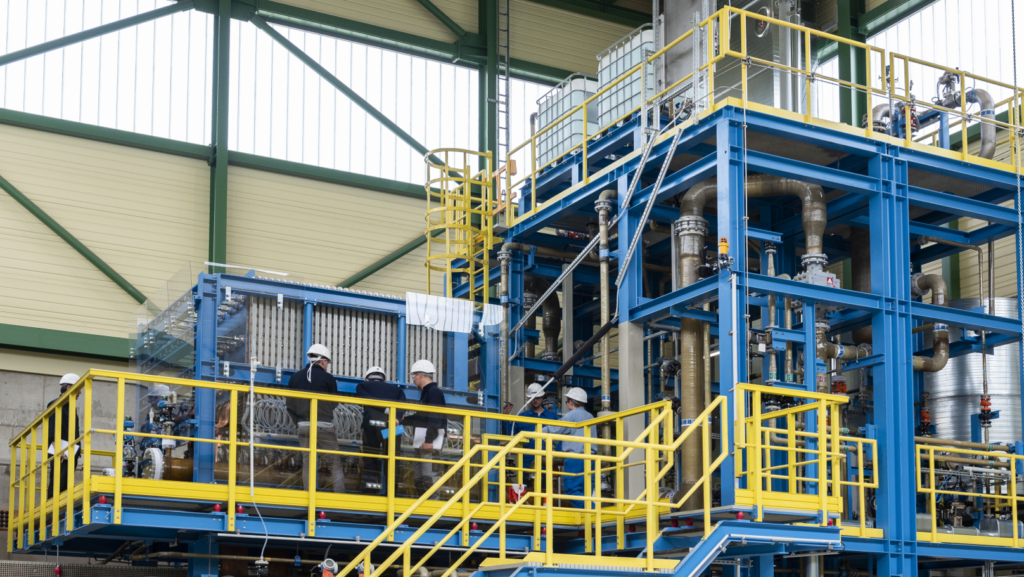As the world pivots towards sustainable energy solutions, hydrogen has emerged as a cornerstone in the quest for cleaner fuel alternatives. However, not all hydrogen is created equal. Each type of hydrogen is classified by its production method and environmental impact, often referred to by different colors. This article explores the distinctions among gray, blue and green hydrogen, providing an overview of their production methods, environmental impacts and potential applications.
The Difference Between Gray, Blue and Green Hydrogen
So, what’s the difference between blue hydrogen and green hydrogen? How do gray hydrogen and blue hydrogen differ?
Gray Hydrogen
Gray hydrogen is a type of hydrogen produced using fossil fuels, particularly natural gas, which results in the emission of significant amounts of CO2 and other greenhouse gases. Although it is a widely used method of hydrogen production, gray hydrogen contributes substantially to environmental pollution. While it may seem cost-effective initially, the CO2 emissions and resulting climate damage make it an unsustainable option. As concerns about climate change grow, there is an increasing push towards adopting greener alternatives to reduce the carbon footprint associated with hydrogen production.
Blue hydrogen
Blue hydrogen, like gray hydrogen, is generated from steam methane reforming (SMR) resulting in the same amount of CO2. However, unlike gray hydrogen, the produced CO2 is partly captured and stored instead of being released into the atmosphere, giving blue hydrogen a significantly lower CO2 footprint. Despite this, blue hydrogen still relies on fossil fuels, and carbon capture and storage (CCS) technologies do not capture 100% of the produced CO2. While capturing and storing CO2 reduces greenhouse gas emissions, it is costly and energy-intensive. Thus, blue hydrogen production is thus not entirely carbon-free and faces limited storage solutions as CSS technology develops.
Green Hydrogen
Green hydrogen is produced through water electrolysis using renewable energy sources such as wind, solar, or hydroelectric power. The process involves splitting water (H₂O) into hydrogen (H₂) and oxygen (O₂), with zero carbon emissions, making green hydrogen an entirely clean and sustainable option. It offers long-term environmental benefits, making it highly attractive for industrial decarbonization. Advances in electrolyzer technology, such as thyssenkrupp nucera’s 20 MW module scalum®, have made large-scale production of green hydrogen feasible.
Green hydrogen is increasingly utilized in energy storage, transportation, and as a feedstock for various chemical processes, furthering the transition to a green economy. Notably, green hydrogen is pivotal in sectors like steel manufacturing, where it can replace coking coal, and in heavy transport, where it serves as a clean fuel alternative.
Green Hydrogen as a Solution for the Energy Transition
Currently, gray hydrogen is primarily used in industrial processes like ammonia production and refining. However, only green hydrogen can produce green ammonia and expand hydrogen’s application to new areas such as green steel production, significantly accelerating the industry’s energy transition. Unlike the unsustainable alternatives of gray and blue hydrogen, green hydrogen, produced via renewable energy, is the most sustainable and environmentally friendly option. It aligns with global decarbonization goals and underscores the pivotal role of electrolyzers in this transition.
In the hydrogen and energy industry, prioritizing green hydrogen and investing in electrolyzer advancements align your business with global sustainability goals and position it at the forefront of the clean energy transition. By investing in green hydrogen technologies, companies can tap into a growing market driven by environmental regulations and consumer demand for clean energy.
At thyssenkrupp nucera, we are committed to advancing electrolyzer technology and infrastructure needed to produce green hydrogen at industrial-scale. Now is the time to act. Companies must invest in green hydrogen and the electrolyzer business to ensure a sustainable transformation that benefits society, the environment, and the global economy. Together, we can pave the way for a greener tomorrow.
Ready to explore the potential of green hydrogen? Connect with us to learn more about our cutting-edge alkaline water electrolysis technology scalum® and how we can help you transition to a greener future: info@thyssenkrupp-nucera.com
